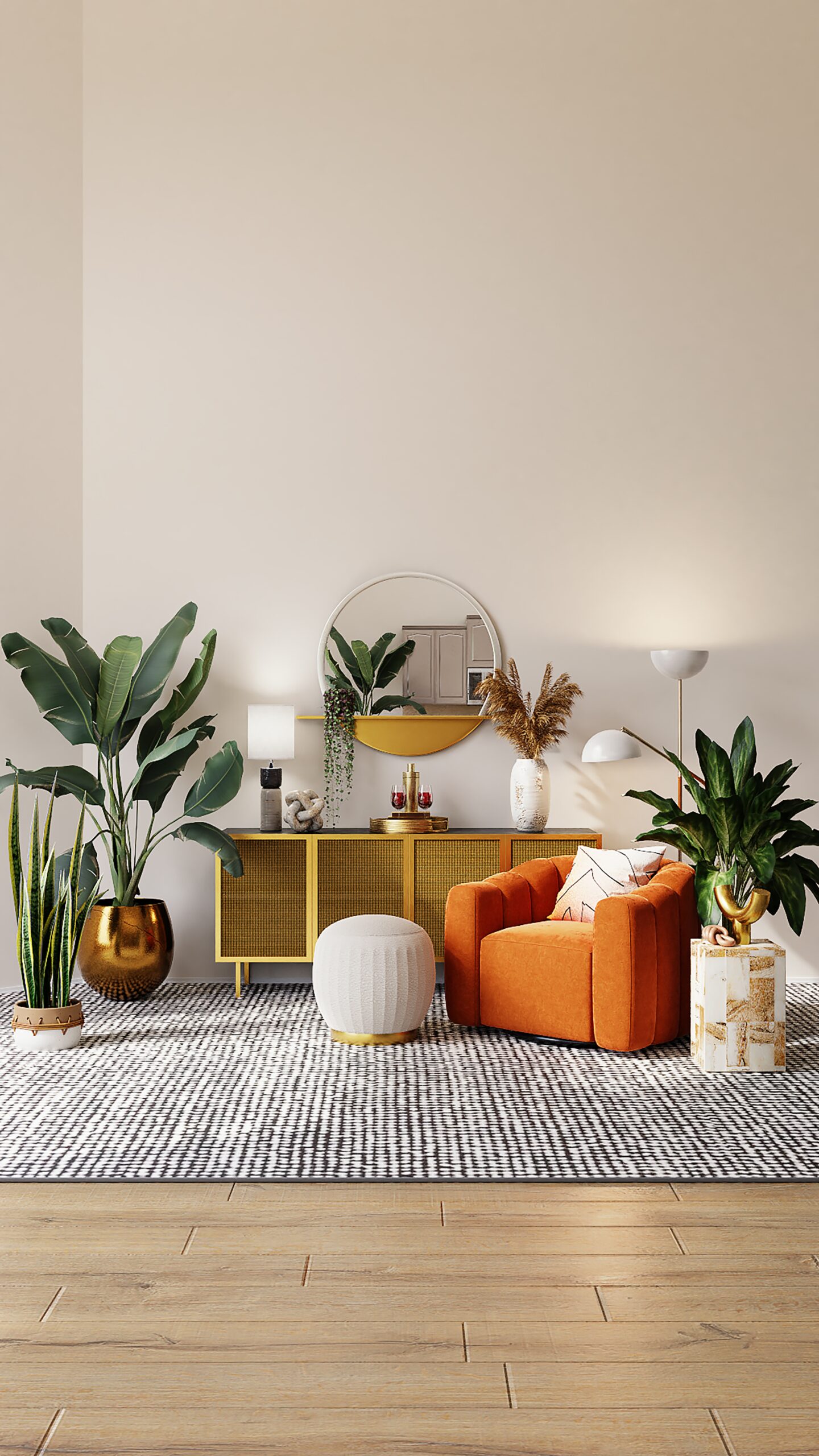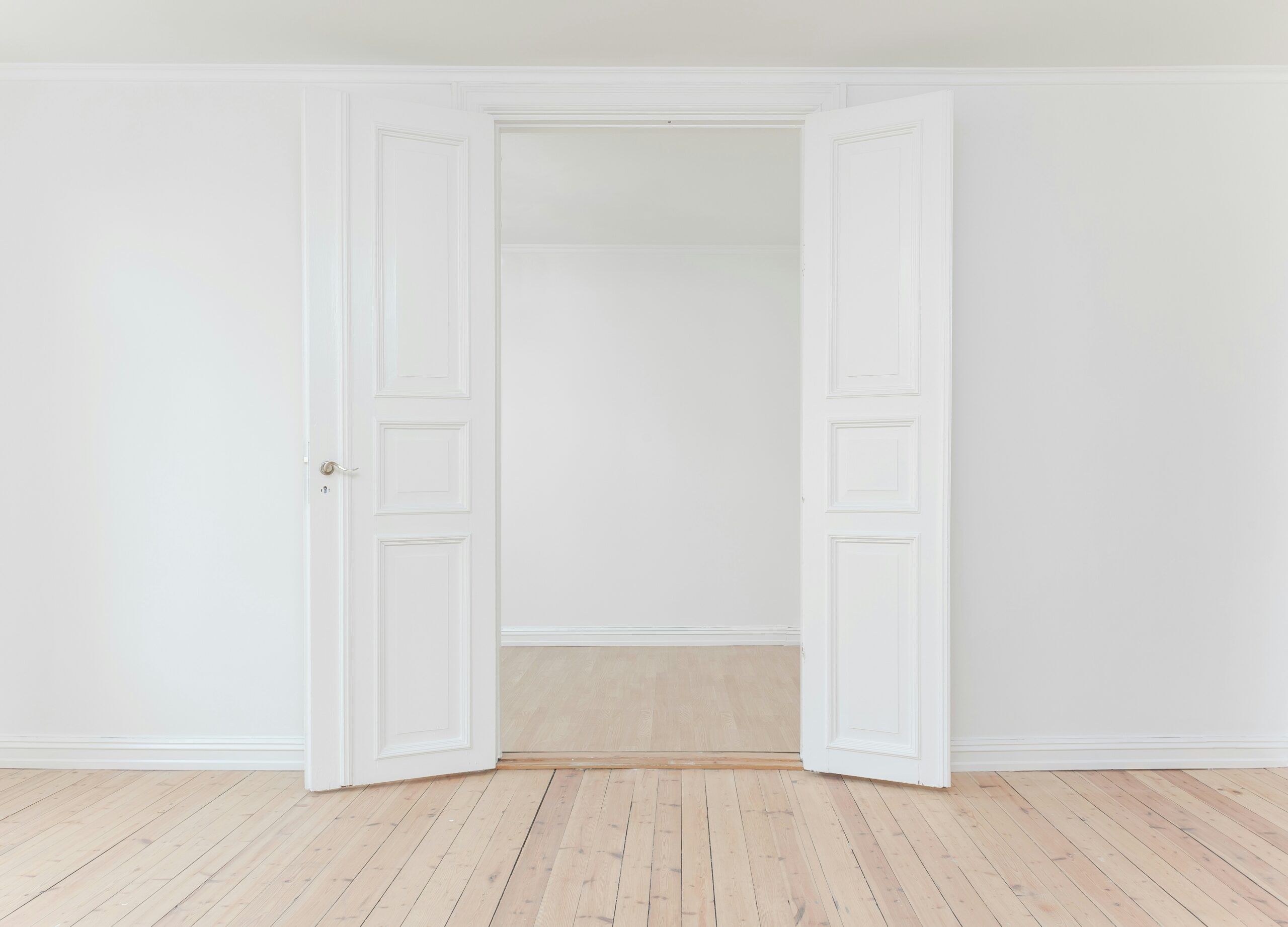Traditional design refers to a style that draws inspiration from classic and timeless elements. It embraces a sense of history and heritage, often reflecting the cultural and architectural influences of a particular era or region. Traditional design is characterized by its elegance, symmetry, and attention to detail.
In traditional design, you will find a focus on craftsmanship and quality materials. Furniture and decor pieces are often made from rich woods, such as mahogany or cherry, and feature intricate carvings and embellishments. Fabrics used in traditional design are typically luxurious and include velvet, silk, or damask.
Color palettes in traditional design tend to be warm and inviting, with hues like deep reds, golds, and earthy tones. Patterns and prints, such as florals, stripes, or damasks, are also commonly seen in traditional design.
Architectural details play a significant role in traditional design. Crown molding, wainscoting, and ornate trim work are often used to add depth and character to a space. Symmetry is also a key element, with balanced furniture arrangements and matching pairs of decor items.
When it comes to traditional design, comfort and functionality are essential. Furniture pieces are often plush and inviting, with deep cushions and soft upholstery. Spaces are designed to be welcoming and cozy, with a focus on creating a warm and inviting atmosphere.
Overall, traditional design offers a sense of elegance, sophistication, and timelessness. It is a style that embraces the past while still being relevant and appealing in contemporary settings.




